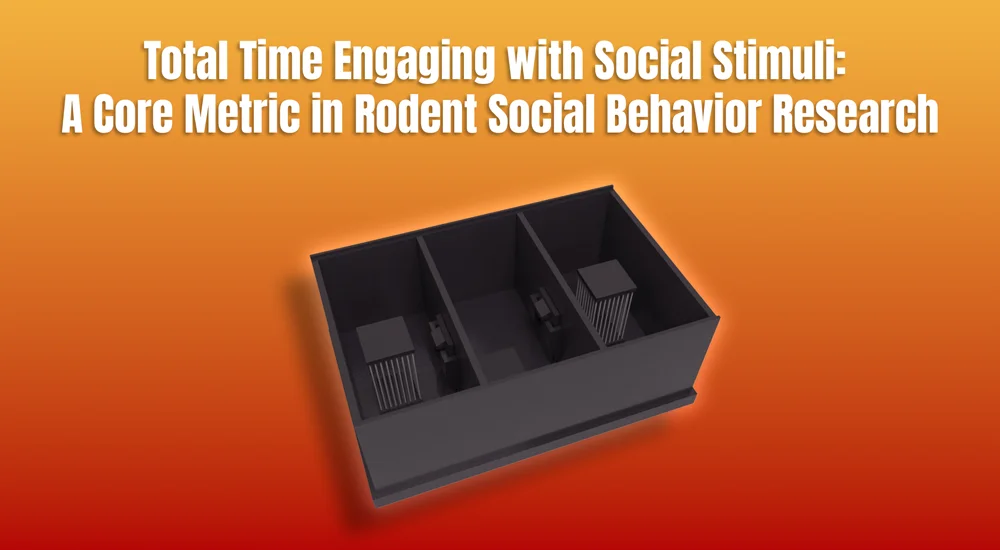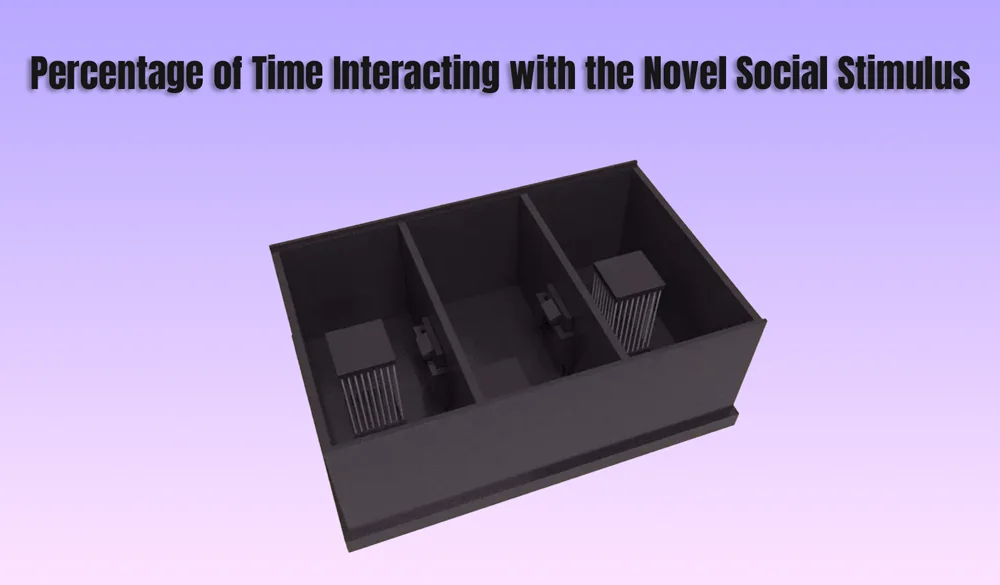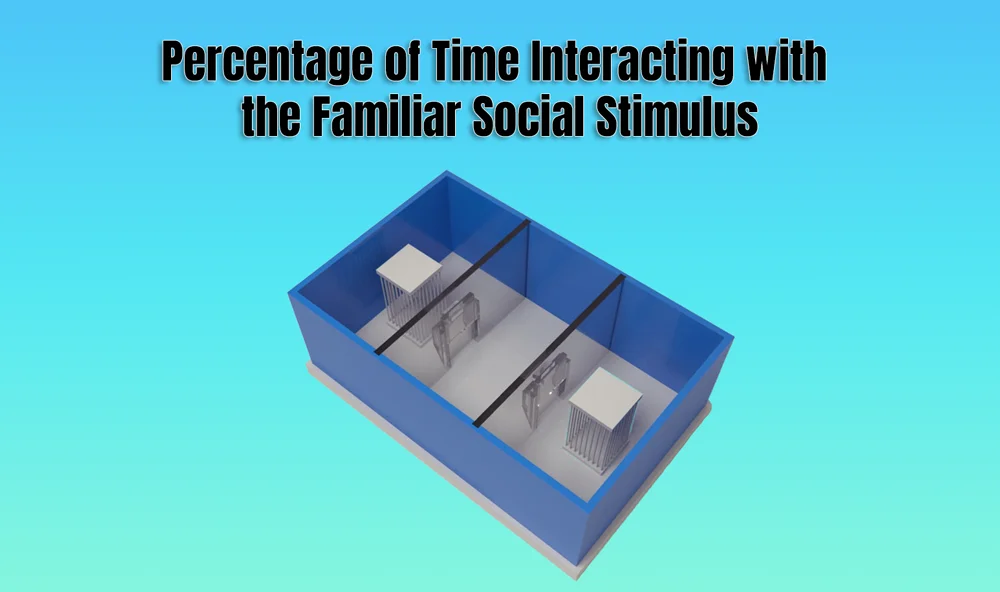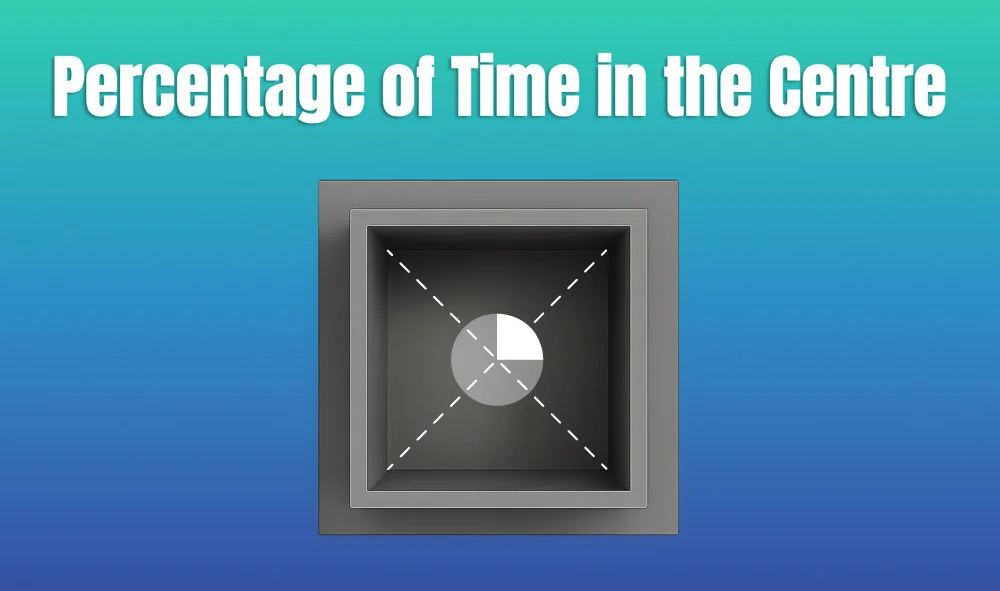

A Cryostat is a versatile and high-quality machine that generates low temperatures for tissue sectioning. The word “Cryostat” originates from two separate Greek words “Kryos”, meaning cold, and “stat”, meaning stable. Sir James Dewar, a Scottish Physicist, and Chemist are credited for the use of the very first cryostats in the 19th century.[1]
These earlier cryostats – named “Dewar” after the inventor, were just a glimpse into the potential benefits of a cryostat. By the 20th century, the cryostat evolved into more specialized and useful pieces of equipment which had many applications in Science and Engineering.
In the healthcare industry, cryostats are used in magnetic resonance imaging (MRI), tissue sectioning, and other pathological applications. There are numerous types of cryostats with varied applications. This article concentrates on the medical applications of a microtome-equipped Cryostat, which have become game-changers in the medical field.
Major 20th-century advances in the field of fluorescently-labeled antibody staining techniques gave rise to the need for cutting fine tissue sections (~5 microns thick). This field of biology is known as Immunohistochemistry (IHC), a technique that uses antibodies to selectively identify antigens (proteins) in tissue sections.
A classic example of its application is the biopsy of tissue samples to identify markers of cancer. The only way to achieve fine sections, required in immunohistochemistry applications, is to use a freezing temperature chamber (while sectioning the tissue sample).
In the absence of this kind of chamber, the tissue samples are too soft to cut into thin sections. This cold chamber prevents the sample from thawing when the sectioning is in progress and also reduces the destruction of the tissue sample from microorganisms.
This cryo-section is absolutely essential when results are expected quickly and the antigenicity of sensitive molecules is to be preserved.
When we consider tissue biopsies for identifying and treating diseases, it is critical (for example) to provide doctors with the quick and correct information for the downstream treatment of patients. The patient samples are sent to the IHC lab for analysis.
In an IHC lab, these samples are processed in a cryostat which holds a microtome. Briefly, a microtome is an apparatus that cuts thin tissue sections for analysis. The thin slices created by the cryostat are known as cryo-sections which are then analyzed under the microscope.
These ultra-thin sections enable scientists to reach a better conclusion regarding the nature of a disease in a time-efficient manner.
The design of the cryostat depends on its application, in other words, it has to be designed in such a way that the device fitted into the cryostat is fully insulated as well as functional.
Although all Cryostat-microtomes follow the same scientific principle, the information provided below uses one of the Cryostat-microtomes from Leica (Leica CM1950) as an example.
This holds the water generated by the continuous frost-defrost cycles inside the cryostat. This water can be a source of sample contamination; thus, it is important to dispose of it in the waste container.
As the name suggests, it is the chamber that houses the microtome and keeps it at a low temperature while sectioning.
This holds the tissue specimen in place while it is being sectioned with the knife.
In order to observe tissue under microscopes, it needs to be sliced to an appropriate width (in order of a few microns in width). This requires precision cutting with very sharp blades. The blades are held in position by the blade holder.
This is basically a cover for the cryostat.
The anti-roll plate prevents curling of the tissue sections after they have been sliced by the blade.
The ultraviolet light is an efficient sterilizer of surfaces and is, thus, used to sterilize the cryostat chamber. Usually, 35-minute U.V irradiation is sufficient for sterilization.
Low temperatures are maintained inside a cryostat with various modes of refrigeration. Liquid nitrogen or low temperatures by condensers. Helium is also used in cryostats, especially for cooling cryogenic detectors. The liquid cryogens are held in Dewar’s, which are built to match safety standards. It is essential to carry out regular checks to ensure that there is no physical damage to the Dewar.
This is a thermo-electric device that gets rid of the heat from the cryostat chamber by increasing diffusion towards a cold stage.
The control panel, as the name suggests is the hardware interface for the user to operate the Cryostat. It displays the following options:
Chuck is the adapter on which the tissue sample is mounted. It has a crossing grid pattern which provides better gripping. These chucks are made of stainless steel, which makes them more durable.
Chucks are available in different sizes depending on the size of the sample to be processed. When in use, the chucks are kept at low temperatures in the cryostat.
The selling point of any cryostat is its ability to maintain a low temperature. An underlying theory of a cryostat is the application of the concepts of heat exchange and gas laws. At its core, a cryostat has a couple of tubes.
The first tube (tube 1) has liquid nitrogen while the second tube (tube 2) contains nitrogen gas, which is maintained slightly above the atmospheric pressure. Tube 1 is placed inside tube 2. The liquid nitrogen is vented out via a small opening in a stopper known as Flange.[3]
Due to this leak, the heat from tube 2 is conducted to tube 1 and is absorbed by the liquid nitrogen. The vaporization of liquid nitrogen removes heat from the system, thus, cooling the cryostat. The rate of heat transfer depends on the material of the tubes.
Usually, silver or copper tubes are best for tube 1, but Aluminum is used in most cases to cut cost. Tube 2 is generally made of stainless steel.
Note: How various parts of the Cryostat-microtome works are briefly described in the section below.
The tissue samples are flash-frozen in liquid nitrogen at a temperature of -196-degree C. This method of freezing ensures that there is no build-up of ice crystals in the sample. These frozen samples are mounted on metal blocks with an initial chemical fixation step. The fixative is usually FAE (Formalin, Acetic acid, Ethanol, and water).
The tissue sample is embedded with an embedding medium (also called OCT, which stands for Optimal Cutting Temperature agent). Essentially, this OCT compound acts as a glue, which sticks the sample to the tissue sample holder (chuck). The chuck is cooled to the temperature of the cryostat (this is also referred to as CT or Cryostat temperature).
The chuck is then mounted on the chuck holder and the position of the sample is kept perpendicular to the blade. The blade is clamped in the blade holder. The low temperature of the cryostat leads to the preservation or fixation of the ultrastructure of the specimen. This mounted specimen is then cryo-sectioned at -20 to -30-degree C, the temperature of the microtome.
The mounting block of tissue samples is mechanically moved forward towards the blade for sectioning. The thickness of the slices is chosen according to the desired micron for the particular application.
There is a wheel mechanism in the cryostat, which mechanically controls the movement of the chuck apparatus. This wheel is kept locked when not in use and has to be unlocked and rotated for getting the right distance from the blades and eventually cutting the ultra-fine slices to get the thickness of the desired micron.
The wheel is designed in such a way that with every single rotation of the wheel, it can be programmed to advance the specimen holder by a specified micron. The section thickness is adjusted to usually 5-10 microns once the knife starts peeling the tissue.[4,5]
Another important feature of the cryostat microtome is an anti-roll plate. This plate is brought down and adjusted on the blade in such a way that the slices fall underneath it and over the blade cover. In case there is no anti-roll plate provided with the instrument, one can use a brush to hold the edge of the sectioned tissue sample and place it flat on the blade cover.
According to Abraham Lincoln, “Give me six hours to chop down a tree and I will spend the first four sharpening the ax”. This golden rule must be followed.
The blade of the knife needs to be very sharp to get thin sections. It is advisable that the blade is constantly monitored for bluntness and replaced when needed. Since the blade is not fixed, it can be moved horizontally to replace the blunt portions with sharp ends.
The blade also needs to be cleaned with ethanol before sectioning to remove any dirt or adherent tissue debris. The blade is very sharp and great care needs to be taken while inserting and removing it from the blade holder.
Often, the end of a brush is used to nudge it out of the holder rather than attempting to do the same with fingers.
The speed of slicing by the blade must be optimized by first keeping a steady speed and then cutting the tissue at a faster speed. This ensures that the tissue sectioning generates a clean cut every time.
Many tissue sections are cut so that at least one of these sections provides any worthwhile information when viewed under the microscope. The sample is never left in the cryostat overnight since the machine is usually programmed to defrost and this is going to damage the sample. Usually, if the sample is required to be reused, it is kept back in a low-temperature freezer.[6,7]
The contribution of Cryostat to the healthcare industry is quite significant. Analysis of a small tissue section from the patient is often used to determine the next course of treatment.
In the case of diseases such as cancer, the treatment of a patient cannot resume unless the results of tissue biopsy are back from the immunocytochemistry lab. Thus, it becomes important that diagnosis is concluded early using techniques that involve the Cryostat-microtome.
Furthermore, the cryostat is very important for tissue section preparation for Fourier Transform Infra-Red (FTIR) spectroscopy, where even a small temperature difference between the blade and the sample holder can have huge quality issues in the sectioned samples.[8]
In behavioral neuroscience, the Open Field Test (OFT) remains one of the most widely used assays to evaluate rodent models of affect, cognition, and motivation. It provides a non-invasive framework for examining how animals respond to novelty, stress, and pharmacological or environmental manipulations. Among the test’s core metrics, the percentage of time spent in the center zone offers a uniquely normalized and sensitive measure of an animal’s emotional reactivity and willingness to engage with a potentially risky environment.
This metric is calculated as the proportion of time spent in the central area of the arena—typically the inner 25%—relative to the entire session duration. By normalizing this value, researchers gain a behaviorally informative variable that is resilient to fluctuations in session length or overall movement levels. This makes it especially valuable in comparative analyses, longitudinal monitoring, and cross-model validation.
Unlike raw center duration, which can be affected by trial design inconsistencies, the percentage-based measure enables clearer comparisons across animals, treatments, and conditions. It plays a key role in identifying trait anxiety, avoidance behavior, risk-taking tendencies, and environmental adaptation, making it indispensable in both basic and translational research contexts.
Whereas simple center duration provides absolute time, the percentage-based metric introduces greater interpretability and reproducibility, especially when comparing different animal models, treatment conditions, or experimental setups. It is particularly effective for quantifying avoidance behaviors, risk assessment strategies, and trait anxiety profiles in both acute and longitudinal designs.
This metric reflects the relative amount of time an animal chooses to spend in the open, exposed portion of the arena—typically defined as the inner 25% of a square or circular enclosure. Because rodents innately prefer the periphery (thigmotaxis), time in the center is inversely associated with anxiety-like behavior. As such, this percentage is considered a sensitive, normalized index of:
Critically, because this metric is normalized by session duration, it accommodates variability in activity levels or testing conditions. This makes it especially suitable for comparing across individuals, treatment groups, or timepoints in longitudinal studies.
A high percentage of center time indicates reduced anxiety, increased novelty-seeking, or pharmacological modulation (e.g., anxiolysis). Conversely, a low percentage suggests emotional inhibition, behavioral avoidance, or contextual hypervigilance. reduced anxiety, increased novelty-seeking, or pharmacological modulation (e.g., anxiolysis). Conversely, a low percentage suggests emotional inhibition, behavioral avoidance, or contextual hypervigilance.
The percentage of center time is one of the most direct, unconditioned readouts of anxiety-like behavior in rodents. It is frequently reduced in models of PTSD, chronic stress, or early-life adversity, where animals exhibit persistent avoidance of the center due to heightened emotional reactivity. This metric can also distinguish between acute anxiety responses and enduring trait anxiety, especially in longitudinal or developmental studies. Its normalized nature makes it ideal for comparing across cohorts with variable locomotor profiles, helping researchers detect true affective changes rather than activity-based confounds.
Rodents that spend more time in the center zone typically exhibit broader and more flexible exploration strategies. This behavior reflects not only reduced anxiety but also cognitive engagement and environmental curiosity. High center percentage is associated with robust spatial learning, attentional scanning, and memory encoding functions, supported by coordinated activation in the prefrontal cortex, hippocampus, and basal forebrain. In contrast, reduced center engagement may signal spatial rigidity, attentional narrowing, or cognitive withdrawal, particularly in models of neurodegeneration or aging.
The open field test remains one of the most widely accepted platforms for testing anxiolytic and psychotropic drugs. The percentage of center time reliably increases following administration of anxiolytic agents such as benzodiazepines, SSRIs, and GABA-A receptor agonists. This metric serves as a sensitive and reproducible endpoint in preclinical dose-finding studies, mechanistic pharmacology, and compound screening pipelines. It also aids in differentiating true anxiolytic effects from sedation or motor suppression by integrating with other behavioral parameters like distance traveled and entry count (Prut & Belzung, 2003).
Sex-based differences in emotional regulation often manifest in open field behavior, with female rodents generally exhibiting higher variability in center zone metrics due to hormonal cycling. For example, estrogen has been shown to facilitate exploratory behavior and increase center occupancy, while progesterone and stress-induced corticosterone often reduce it. Studies involving gonadectomy, hormone replacement, or sex-specific genetic knockouts use this metric to quantify the impact of endocrine factors on anxiety and exploratory behavior. As such, it remains a vital tool for dissecting sex-dependent neurobehavioral dynamics.
The percentage of center time is one of the most direct, unconditioned readouts of anxiety-like behavior in rodents. It is frequently reduced in models of PTSD, chronic stress, or early-life adversity. Because it is normalized, this metric is especially helpful for distinguishing between genuine avoidance and low general activity.
Environmental Control: Uniformity in environmental conditions is essential. Lighting should be evenly diffused to avoid shadow bias, and noise should be minimized to prevent stress-induced variability. The arena must be cleaned between trials using odor-neutral solutions to eliminate scent trails or pheromone cues that may affect zone preference. Any variation in these conditions can introduce systematic bias in center zone behavior. Use consistent definitions of the center zone (commonly 25% of total area) to allow valid comparisons. Software-based segmentation enhances spatial precision.
Evaluating how center time evolves across the duration of a session—divided into early, middle, and late thirds—provides insight into behavioral transitions and adaptive responses. Animals may begin by avoiding the center, only to gradually increase center time as they habituate to the environment. Conversely, persistently low center time across the session can signal prolonged anxiety, fear generalization, or a trait-like avoidance phenotype.
To validate the significance of center time percentage, it should be examined alongside results from other anxiety-related tests such as the Elevated Plus Maze, Light-Dark Box, or Novelty Suppressed Feeding. Concordance across paradigms supports the reliability of center time as a trait marker, while discordance may indicate task-specific reactivity or behavioral dissociation.
When paired with high-resolution scoring of behavioral events such as rearing, grooming, defecation, or immobility, center time offers a richer view of the animal’s internal state. For example, an animal that spends substantial time in the center while grooming may be coping with mild stress, while another that remains immobile in the periphery may be experiencing more severe anxiety. Microstructure analysis aids in decoding the complexity behind spatial behavior.
Animals naturally vary in their exploratory style. By analyzing percentage of center time across subjects, researchers can identify behavioral subgroups—such as consistently bold individuals who frequently explore the center versus cautious animals that remain along the periphery. These classifications can be used to examine predictors of drug response, resilience to stress, or vulnerability to neuropsychiatric disorders.
In studies with large cohorts or multiple behavioral variables, machine learning techniques such as hierarchical clustering or principal component analysis can incorporate center time percentage to discover novel phenotypic groupings. These data-driven approaches help uncover latent dimensions of behavior that may not be visible through univariate analyses alone.
Total locomotion helps contextualize center time. Low percentage values in animals with minimal movement may reflect sedation or fatigue, while similar values in high-mobility subjects suggest deliberate avoidance. This metric helps distinguish emotional versus motor causes of low center engagement.
This measure indicates how often the animal initiates exploration of the center zone. When combined with percentage of time, it differentiates between frequent but brief visits (indicative of anxiety or impulsivity) versus fewer but sustained center engagements (suggesting comfort and behavioral confidence).
The delay before the first center entry reflects initial threat appraisal. Longer latencies may be associated with heightened fear or low motivation, while shorter latencies are typically linked to exploratory drive or low anxiety.
Time spent hugging the walls offers a spatial counterbalance to center metrics. High thigmotaxis and low center time jointly support an interpretation of strong avoidance behavior. This inverse relationship helps triangulate affective and motivational states.
By expressing center zone activity as a proportion of total trial time, researchers gain a metric that is resistant to session variability and more readily comparable across time, treatment, and model conditions. This normalized measure enhances reproducibility and statistical power, particularly in multi-cohort or cross-laboratory designs.
For experimental designs aimed at assessing anxiety, exploratory strategy, or affective state, the percentage of time spent in the center offers one of the most robust and interpretable measures available in the Open Field Test.
Written by researchers, for researchers — powered by Conduct Science.








Monday – Friday
9 AM – 5 PM EST
DISCLAIMER: ConductScience and affiliate products are NOT designed for human consumption, testing, or clinical utilization. They are designed for pre-clinical utilization only. Customers purchasing apparatus for the purposes of scientific research or veterinary care affirm adherence to applicable regulatory bodies for the country in which their research or care is conducted.